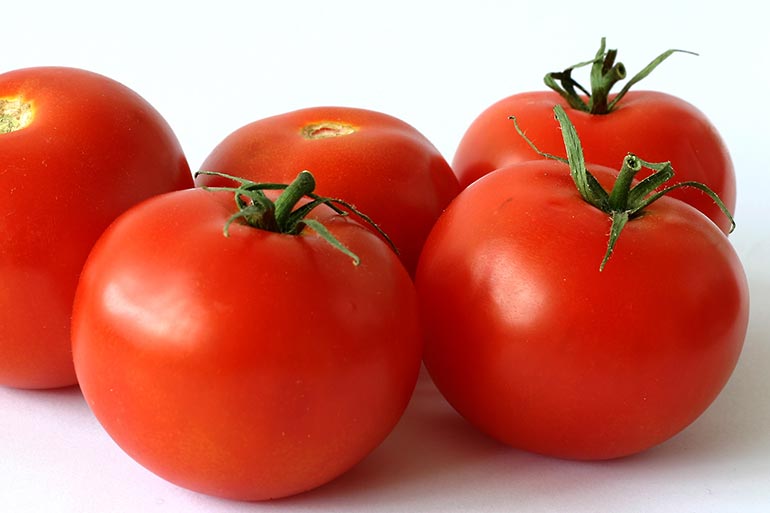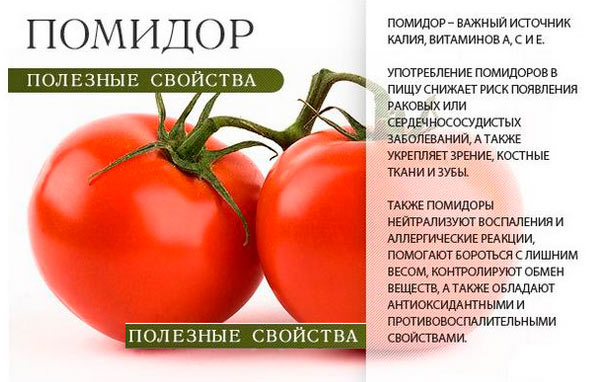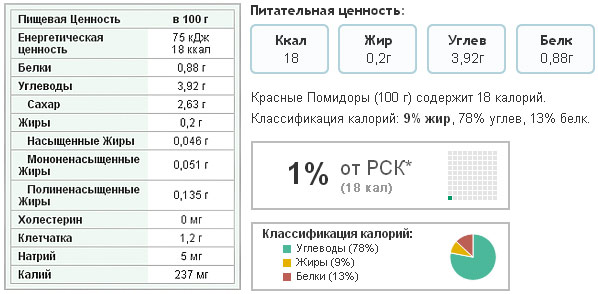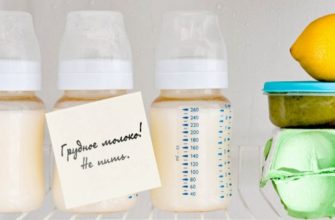When I was breastfeeding the first child, introducing each product into the diet turned into a problem. Due to the fear of harming my little son’s health, I denied myself many tasty and healthy dishes. Now, after the birth of the second, I know much more about nutrition during breastfeeding and I want to share my experience with young mothers. For example, many doubt whether it is possible to eat tomatoes during this period.

Is it possible to eat tomatoes during breastfeeding
Refusing to eat tomatoes while breastfeeding would be unreasonable in view of their enormous benefits for the mother and baby:
- a high content of vitamin C helps to strengthen the immune system;
- the natural antioxidant serotonin normalizes the functioning of the nervous system;
- volatile drugs have antibacterial and anti-inflammatory properties;
- tomato seeds thin the blood, being a prophylactic against thrombosis;
- peel stimulates the intestines, preventing constipation;
- purines stimulate the kidneys and have a diuretic effect;
- Alpha-Tomatin helps fight cancer cells.
In addition, tomatoes contain a whole set of vitamins and minerals necessary for the full development of mother and child. No less useful is tomato juice, which enhances lactation and normalizes the water-salt balance in the body.
Until the age of three months, the child needs to be especially careful, especially with allergenic foods, which include red tomatoes. If you really want to eat these vegetables, try a small piece first. If the child has not reacted, then introduce it into your diet. In case of an allergic reaction, this product must be excluded.
If the child does not have allergies, tomatoes during breastfeeding are a useful vegetable that will provide the mother and baby with many useful necessary substances.
Fresh tomatoes
Fresh tomatoes contain many useful substances:
- ascorbic and folic acids, vitamins of group B;
- lycopene is a carotenoid pigment that gives tomatoes a red color. It has anti-inflammatory and antioxidant effects. Prevents the development of cervical cancer. It takes part in the protection of DNA and slows down the aging of cells;
- tryptophan - an amino acid that promotes the formation of serotonin - the “hormone of joy”;
- choline - a substance that increases the content of hemoglobin in the blood.
Fresh tomatoes during the GW period must be selected very carefully. It is better if they are grown in the country, without the use of inorganic fertilizers and not containing GMOs.
If fresh tomatoes have too hard skin, pale color and a lot of light pulp and veins can be seen in the section, then most likely they contain a large amount of nitrates. Unfortunately, in the winter on the shelves there are mainly only such tomatoes, so it would be nice to stock up with frozen tomatoes or canned preparations in the summer. Do not take rotted tomatoes, even for roasting or stewing.
Yellow tomatoes
Due to the high concentration of vitamin B, yellow tomatoes normalize the hormonal background, metabolism, strengthen the nervous system, blood vessels and heart. Yellow tomatoes are indispensable for women who are allergic to red foods.
Yellow tomatoes contain less acid, so even women suffering from high acidity can consume them. Fleshy fruits have a gentle cleansing effect on the intestines and are an excellent prevention of constipation.
Braised tomatoes
If you love tomatoes so much that you are ready to eat them on the first, on the second and just like that, then you can diversify the dishes from them. Stewed tomatoes during processing almost do not lose their beneficial qualities, with the exception of vitamins. When stewed, the lycopene contained in tomatoes becomes easily digestible.
Salted tomatoes
 Many nurses have a question: is it possible to eat salted and pickled vegetables? Pickled foods must be completely omitted from the menu, as they contain vinegar and condiments, which can affect the taste of milk. Conventional pickles are allowed, but in reasonable quantities, due to the fact that the high salt content in the diet is harmful to a small child. Salted tomatoes in small quantities are allowed for food by a nursing woman.
Many nurses have a question: is it possible to eat salted and pickled vegetables? Pickled foods must be completely omitted from the menu, as they contain vinegar and condiments, which can affect the taste of milk. Conventional pickles are allowed, but in reasonable quantities, due to the fact that the high salt content in the diet is harmful to a small child. Salted tomatoes in small quantities are allowed for food by a nursing woman.
How to eat tomatoes while breastfeeding
If the period of breastfeeding falls in the summer-autumn, you must definitely enjoy fresh tomatoes, observing certain rules:
- You should not risk the baby’s fragile health and eat tomatoes until they reach 2-3 months of age.
- First you need to check if the tomatoes you eat will cause an allergic reaction in the child. To do this, eat half the average tomato in the morning and watch the baby's well-being until the evening. At the slightest sign of an allergy, you will have to abandon the vegetable for at least 2 months.
- The abuse of tomatoes instead of benefit can harm the baby. The daily norm should not exceed 2-3 pieces or one cup of tomato juice per day. At the same time, divide it into several meals.
Of great importance is the form in which you eat tomatoes. Categorically refuse:
- fried tomato - after heat treatment they lose all the beneficial properties;
- pickled tomato - the vinegar contained in them will be harmful to the baby.
You can afford to eat pickled or lightly salted tomato, but it is preferable to eat fresh vegetables. Tomatoes are best absorbed in combination with vegetable oil, mayonnaise or sour cream (preferably homemade). The best option is a vegetable salad or other dish, which includes tomatoes. I like to make a vegetable smoothie using a blender.
Buying tomatoes
Another important nuance is buying a tomato. Vegetables with nitrates pose a threat not only to the baby, but also to his nursing mother. When choosing tomatoes on the market, press one of them with your finger before buying. If the peel is intact, and a dent remains on the surface, the vegetable should not be bought.
Of course, in the market it will not be possible to check all the tomatoes, so at home examine the vegetables more carefully:
- toss the tomato lightly over a hard surface. If he bounced, but the peel did not burst, then the vegetables were treated with nitrates;
- the presence of chemicals can also be inferred from the section (pale pink flesh and white veins).
When buying tomatoes, pay attention to the color and integrity of the peel. Do not take ripened and rotten fruits. Never buy tomatoes in supermarkets, in the off-season it is better to completely abandon their use.
If you really love tomatoes and know that the period of breastfeeding will fall in the winter, pre-freeze a small amount of fruit. For freezing, it is better to use small fruits such as "cherry". Frozen washed and dried fruits on a plate, and then pack them in plastic bags and place in the freezer.
In the absence of allergies, as well as the right choice and use, tomatoes will certainly benefit nursing mothers and their children.
We look at how to choose high-quality and healthy tomatoes:
We also read:











When I was breastfeeding, I completely excluded tomatoes from the diet, because the child had an allergic reaction to them .. Once I was quite enough.
I, too, from my own experience made sure that it is better to exclude tomatoes at least up to six months. And so if they ate, the daughter instantly became covered with a rash.
And we somehow had no problems with this. I didn’t sit on any diet at all, I ate everything I could, except for garlic and my son took good milk
It all depends on the body. When I fed my son, this is my first child, there was no reaction to anything, but I had to suffer with my daughter .. I was on a strict diet.